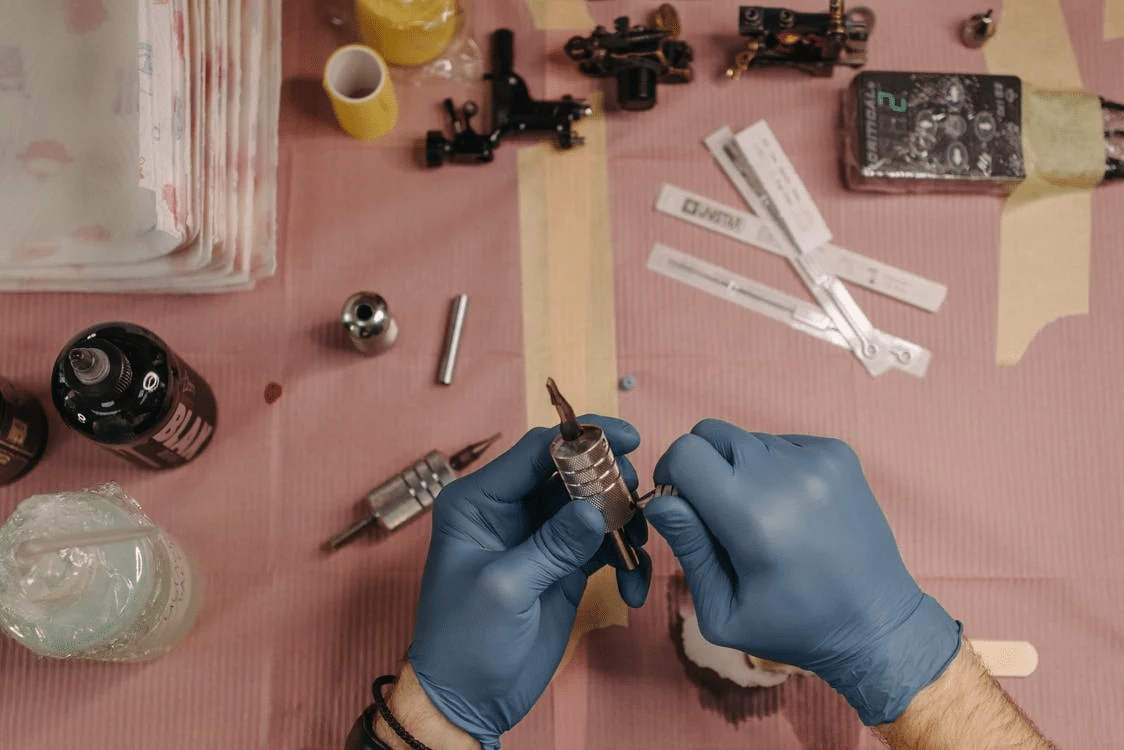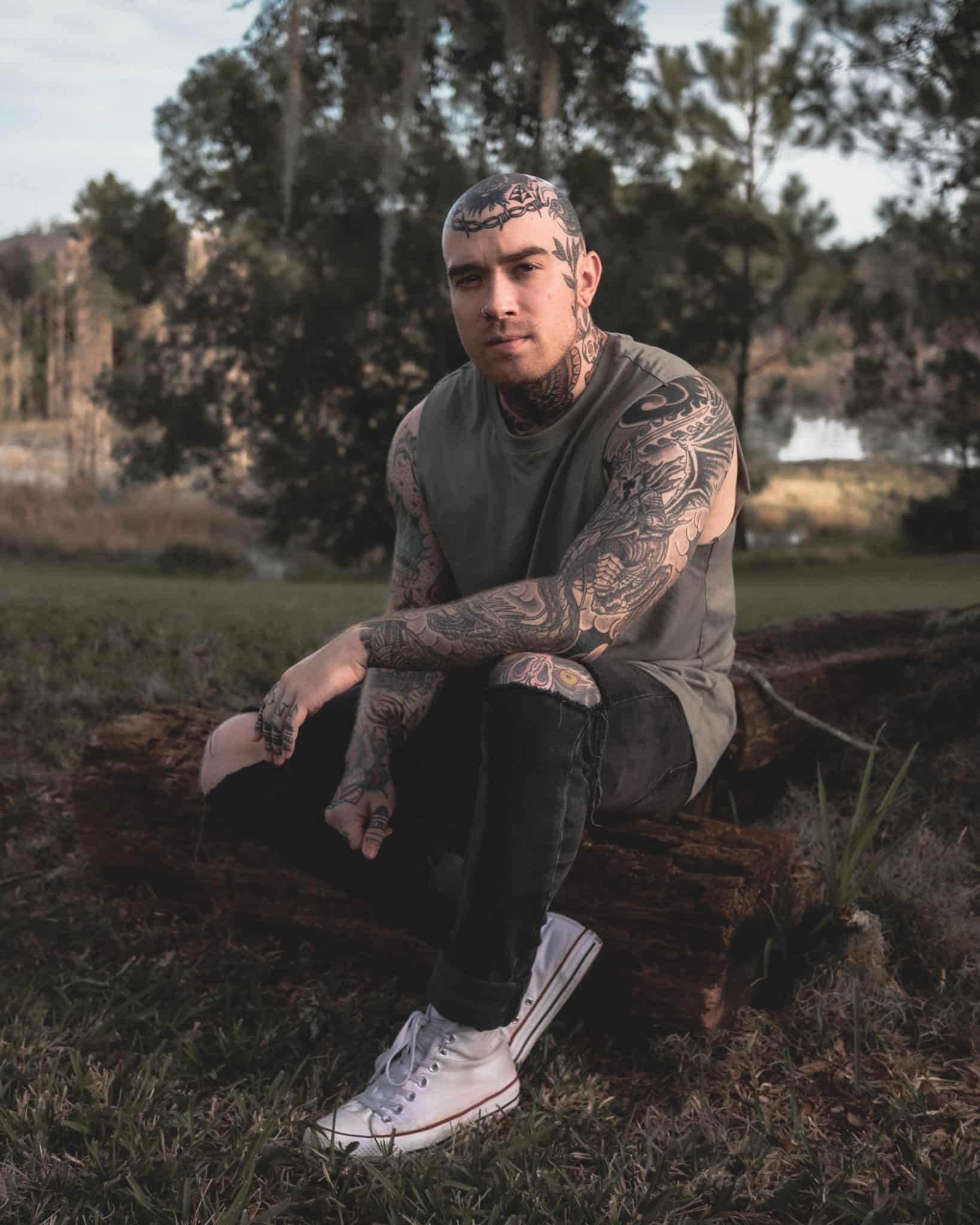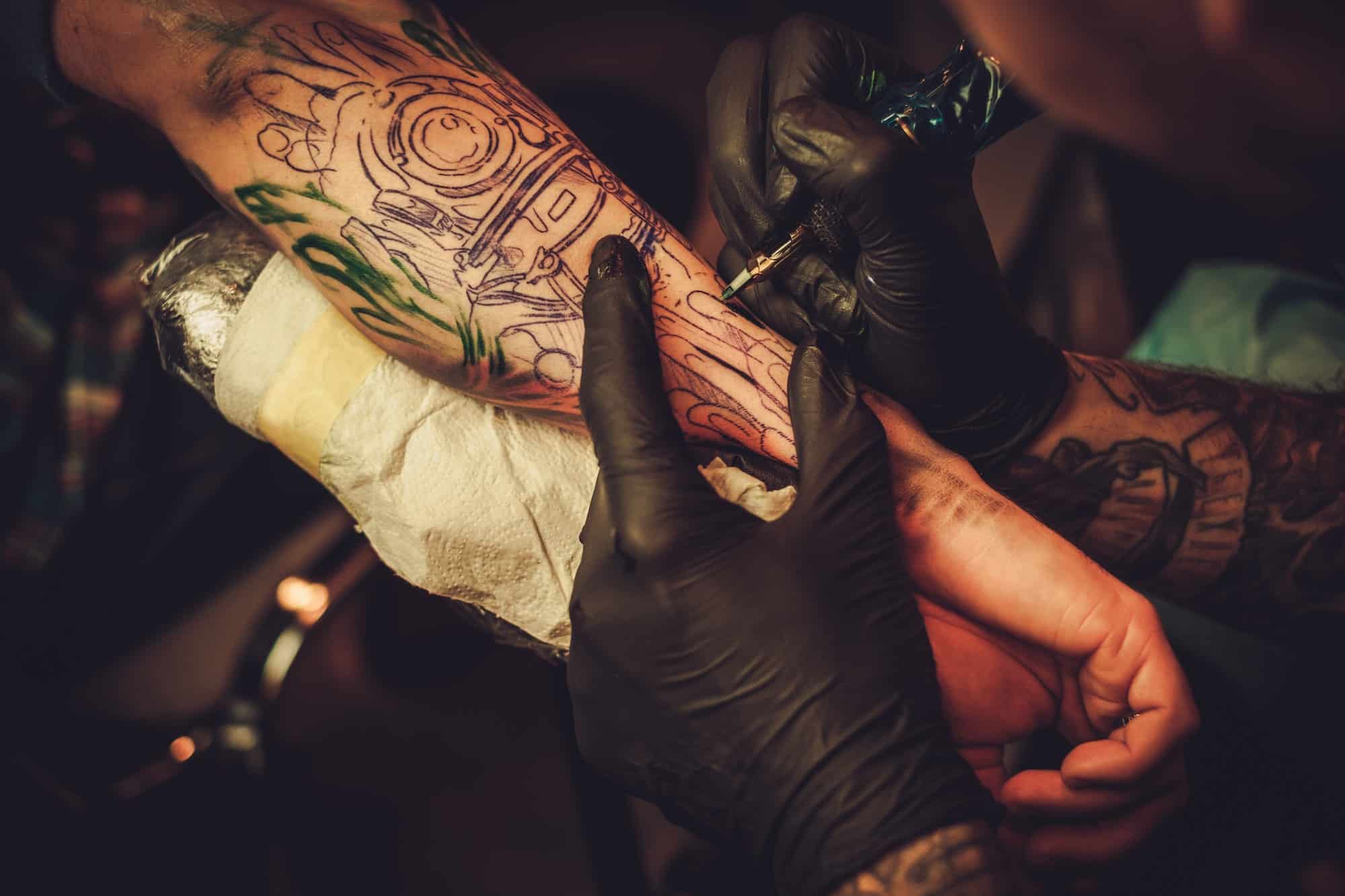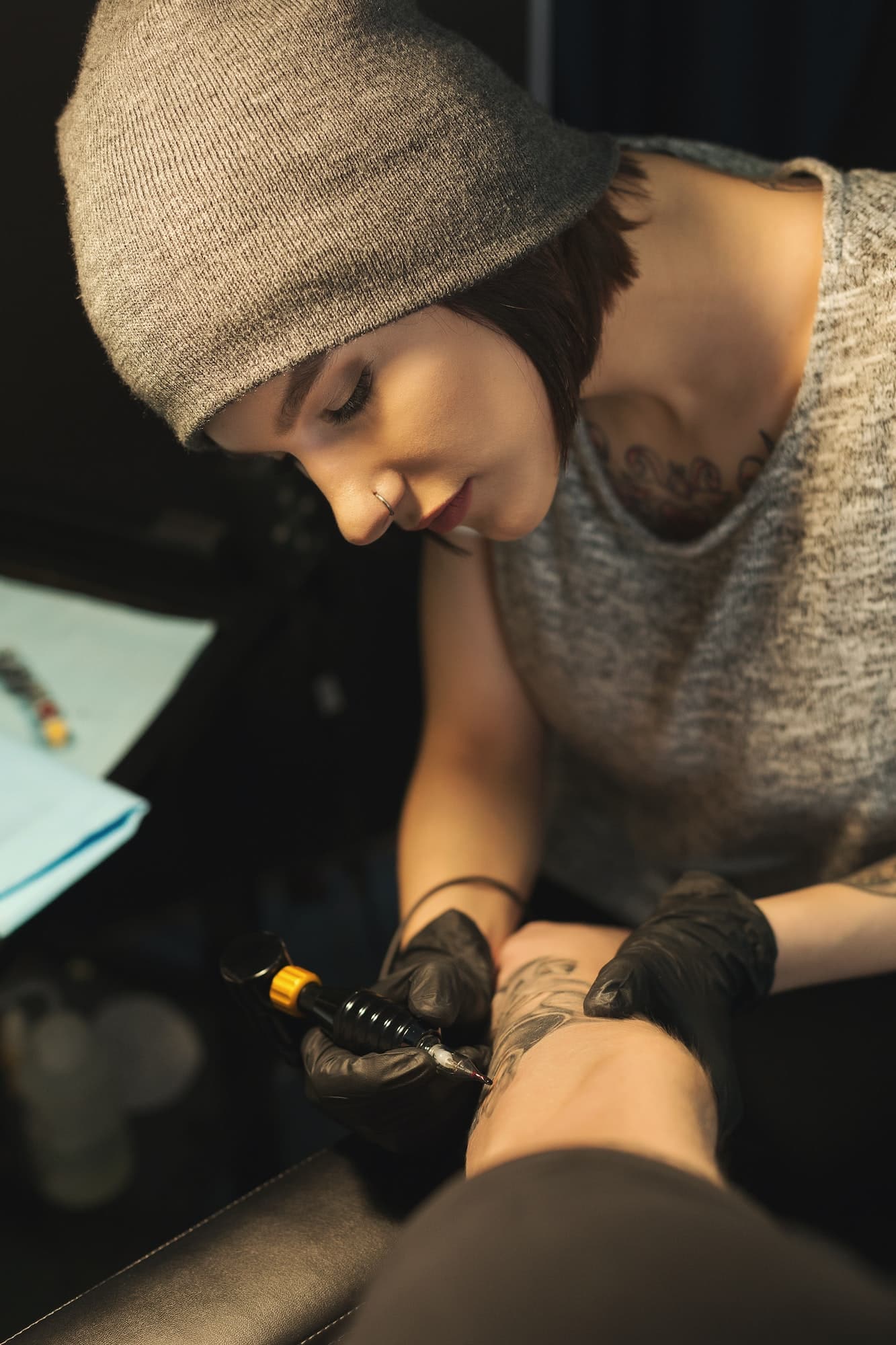Hide Your Tattoo Easily With The Invisible UV Tattoo
You might like everything that glows in the dark, or you might just like having a secret. No matter why you want a UV tattoo, or a tattoo with ink that only shows up under a black light, there are a few things you should know before getting one.
Black lights, also called ultraviolet (UV) lights, are common in places like nightclubs and raves. UV-reactive ink is used to make black light tattoos. This ink is almost invisible in the daylight, but it glows under ultraviolet light.
In a survey of people from their early teens to mid-20s, 78% regret at least one of their tattoos. And 19% of those who have two tattoos regret both of them. So having blacklight tattoos that only show up under certain lighting might be the one for you. If you’re in Central London, Pearl Lemon Tattoos can help bring your glowing vision to life with expert design and precision.
Pearl Lemon Tattoos has compiled everything you need to know about getting an invisible UV tattoo.
And if you have already made up your mind about having one? Hit us up for an appointment.


Glow-in-the-Dark Tattoos
Invisible UV tattoos, also known as black light tattoos, are made with bright, colored UV ink that is hard to see during the day. On the other hand, these tattoos don’t quite live up to their names: When you turn off the lights, they won’t just glow. Glow-in-the-dark tattoos usually need a blacklight, which gives off UVA light, to make them light up.
These tattoos can only be seen when you shine a black light on them. Since most of us don’t go to raves or put black lights all over our rooms anymore, we probably won’t see the tattoo light up very often. For a typical blacklight tattoo, the artist must be careful not to mix normal, darker pigments too close to the zinc sulfide because that could make the zinc sulfide less likely to “glow.”
Compared to many other tattooing styles, this one is pretty new. It became popular in the 1990s when the neon trend took off. When the style was first made, artists used both traditional pigments and an ink solution with phosphorus.
But this method was considered dangerous because phosphorus is a carcinogen that causes several skin problems. Now, because the chemical is so dangerous, artists tend to stay away from ink that contains it.
Safety Of Using Invisible UV Tattoo Ink
Glow-in-the-dark tattoos are now thought to be just as safe as regular tattoos because tattoo artists no longer use phosphorus-based ink to make them glow. Glow-in-the-dark tattoos are now made with ink that reacts to UV light instead of chemically dangerous pigments.
Black light tattoos haven’t been around long enough to know if they have any serious risks or long-term effects. Does this mean that you should never get a black light tattoo? No, not always. It just means that UV ink isn’t used as often as other types of ink, so you should ensure the tattoo artist and shop you visit are safe and reputable. If you’re considering a black light tattoo, make sure the studio you choose has experience with UV ink and follows strict safety standards. Do your homework before you decide anything.


UV tattooing Can Have Side Effects And Could Cause Problems
There may be a higher chance of harmful side effects with UV tattoos than with traditional tattoos. As you already know, UV body art is not made with regular tattoo ink. Some of the adverse effects of UV paint include:
- a rash and a burning feeling
- blistering
- infections
- blistering
- Some UV inks may also have chemicals that can cause cancer.
There are side effects and problems with any tattoo:
- Equipment, such as a tattoo needle or ink that is dirty and unclean practices can cause infections.
- Severe infections can cause fever and chills, and you may need antibiotics to treat them.
- Due to the permanence of the ink, an allergic reaction may last.
- A rash, redness, or bumps around the tattoo.
- Scar tissue or keloids.
- A reaction to an MRI scan may cause swelling or a burning sensation, but it is rare and short-lived.
Still Want Those UV Ink Tattoos? Get One With Pearl Lemon Tattoos
If, after reading all the information above, you decide you still want an invisible UV ink tattoo, Pearl Lemon Tattoos in Central London is here for you.
Whatever tattoo design you choose, we’ll make sure you get one of those dope-looking invisible tattoos. Whether you want invisible ink or even traditional ink, we’ll ensure you get the perfect design to match your style.
Contact us now!
FAQs About Invisible UV Tattoos and Their Unique Appeal
The unique features of invisible UV tattoos
Invisible UV tattoos use specialised ink that glows under ultraviolet or blacklight, offering a discreet design that remains subtle in regular lighting and stands out in specific settings.
Safety considerations for UV tattoos
UV ink is dermatologically tested and safe for use when applied by experienced professionals. We prioritise hygiene and quality to ensure a safe experience.
Longevity and maintenance of UV tattoos
UV tattoos are permanent but may fade faster than traditional tattoos due to their sensitivity to sunlight. Proper care, including moisturising and avoiding prolonged sun exposure, ensures they remain vibrant.
Combining UV ink with traditional tattoos
UV ink can enhance traditional tattoos by adding glowing highlights or hidden elements, creating a multi-dimensional effect that stands out under UV light.
Visibility in normal lighting conditions
While UV tattoos are generally subtle or invisible in regular light, the visibility can vary depending on the design and your skin tone. We’ll guide you on achieving the desired effect during your consultation.

